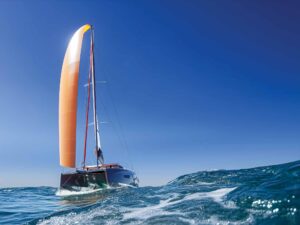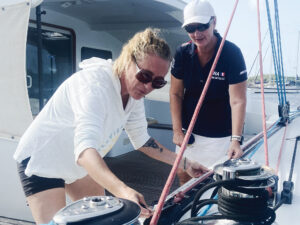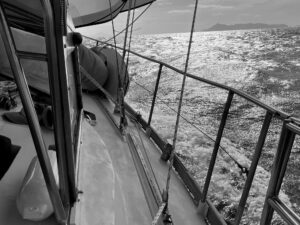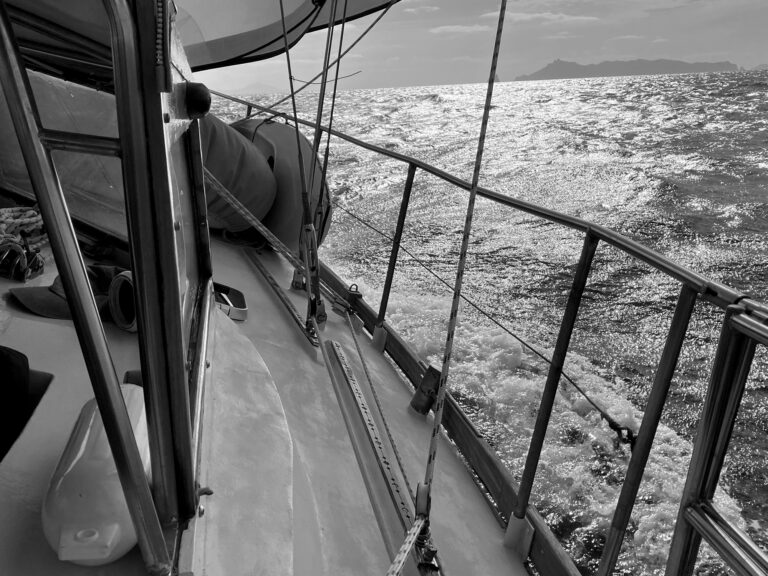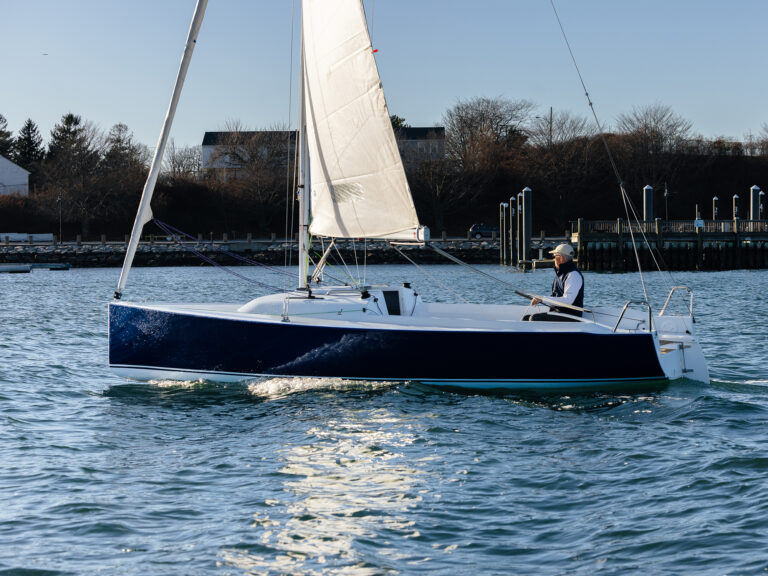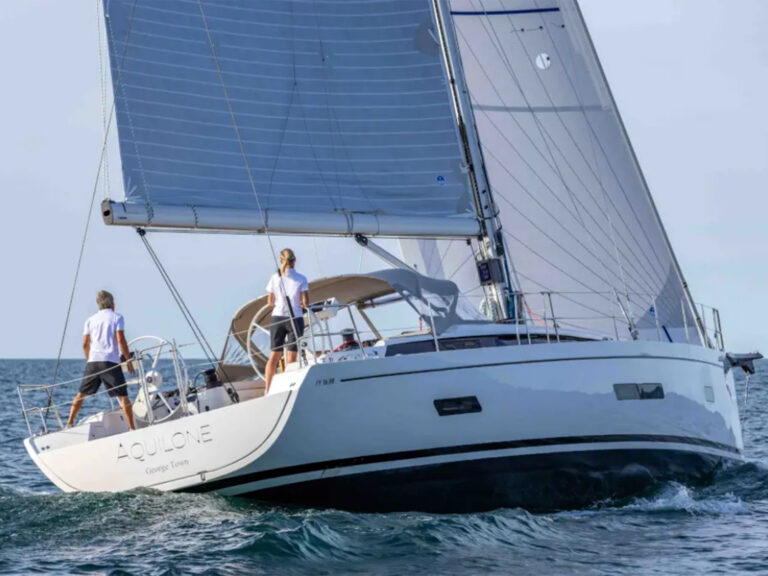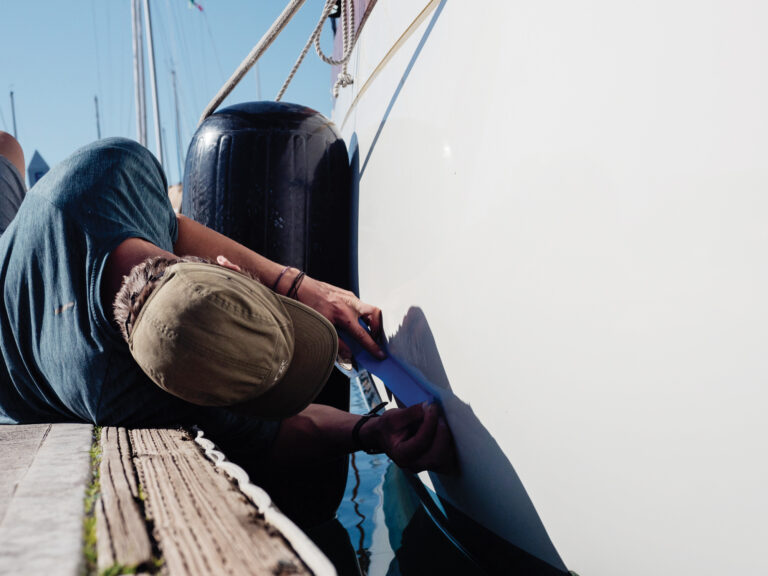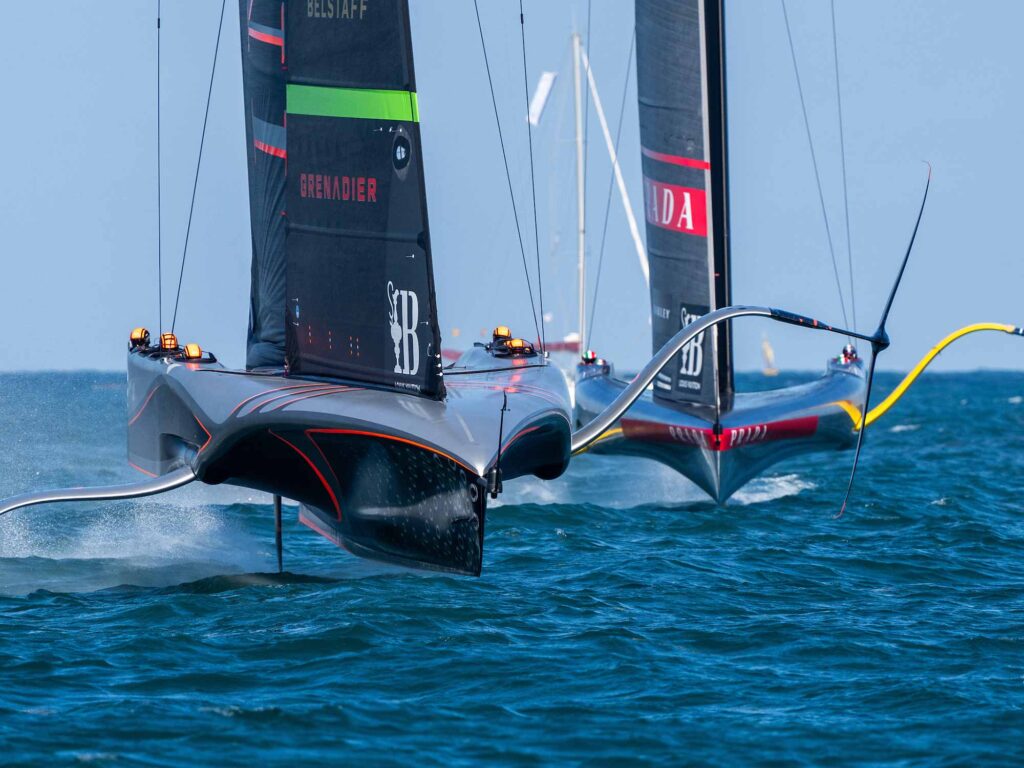
With the Louis Vuitton 38th America’s Cup scheduled for Naples in 2027, the AC75 Class Rules and Technical Regulations have been officially released. The new framework emphasizes cost containment while encouraging close, competitive racing, foiling innovation, and increased inclusion of female sailors.
Teams will race using hulls from the 37th America’s Cup, or modified AC36 designs, reflecting an analysis that hull shape differences contributed minimally to speed. “All of the gains were in foils and systems; therefore it made absolute sense to concentrate design time into those areas of development and re-use the hulls,” said Dan Bernasconi, Chief Designer of Emirates Team New Zealand, one of the architects of the new rules.
A notable structural change eliminates cyclors, replacing them with stored energy systems. Electronic management systems are also receiving updates, allowing teams to focus on strategic foil and control system performance while keeping budgets in check under the AC38 Protocol.
The AC75s will be sailed by five dedicated crew members, with at least one female sailor required onboard. The new ‘Guest Racer’ cockpit revives a program last seen in 2007, allowing a non-team member to sail during races and connecting fans more directly to the pinnacle event in sailing.
In preparation, teams will train on the AC40 class, which permits two boats per team, including mixed crews of youth and women, ahead of the first three preliminary regattas in 2026. This structure ensures experience in high-performance foiling while testing crew coordination, strategy, and onboard systems.
Technical regulations allow teams to adapt legacy foil wings and flaps within strict parameters, construct a limited number of new foils, and modify hydraulic and electronic control systems freely within existing hull forms. Masts are largely restricted, while sail inventories are carefully regulated with limits on new and recut mainsails and jibs. Only minor hull modifications are permitted.
The combination of new foils, the expanded crew role, and electronic enhancements is expected to create closer racing and unique tactical opportunities. Teams will need to carefully select and train crew members for the AC75s, balancing individual strengths with strategy, while designers work to optimize foil and systems performance.
With Naples set to host the 38th America’s Cup, these rules set the stage for one of the most operationally challenging and strategically intricate campaigns in modern sailing history.

